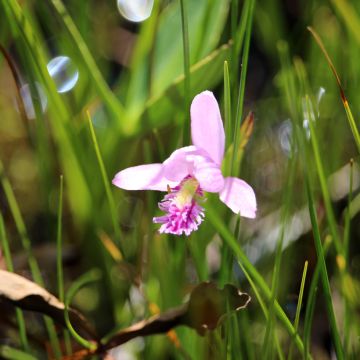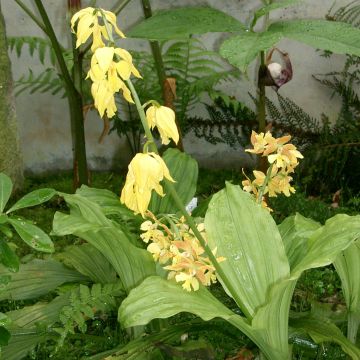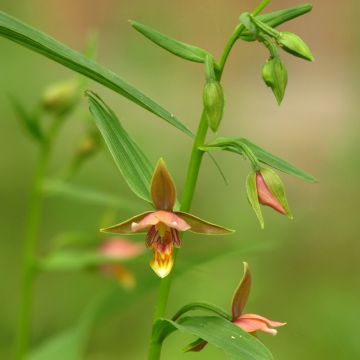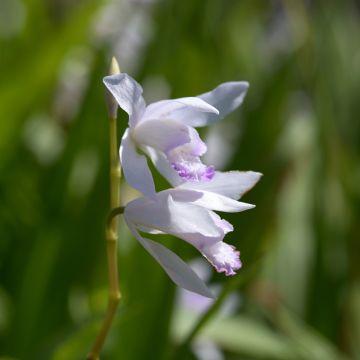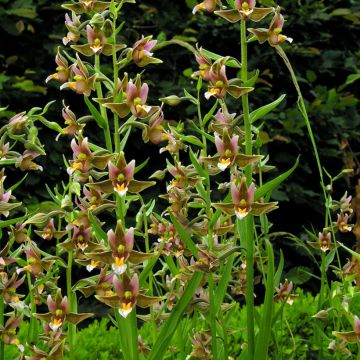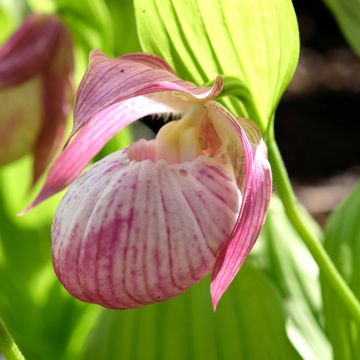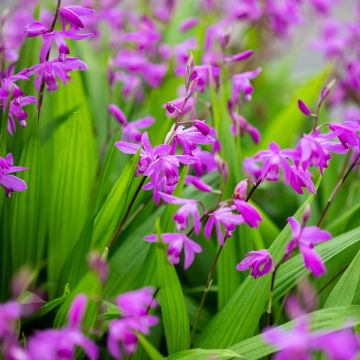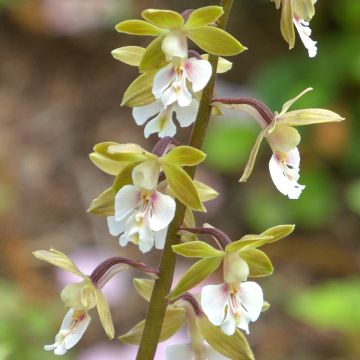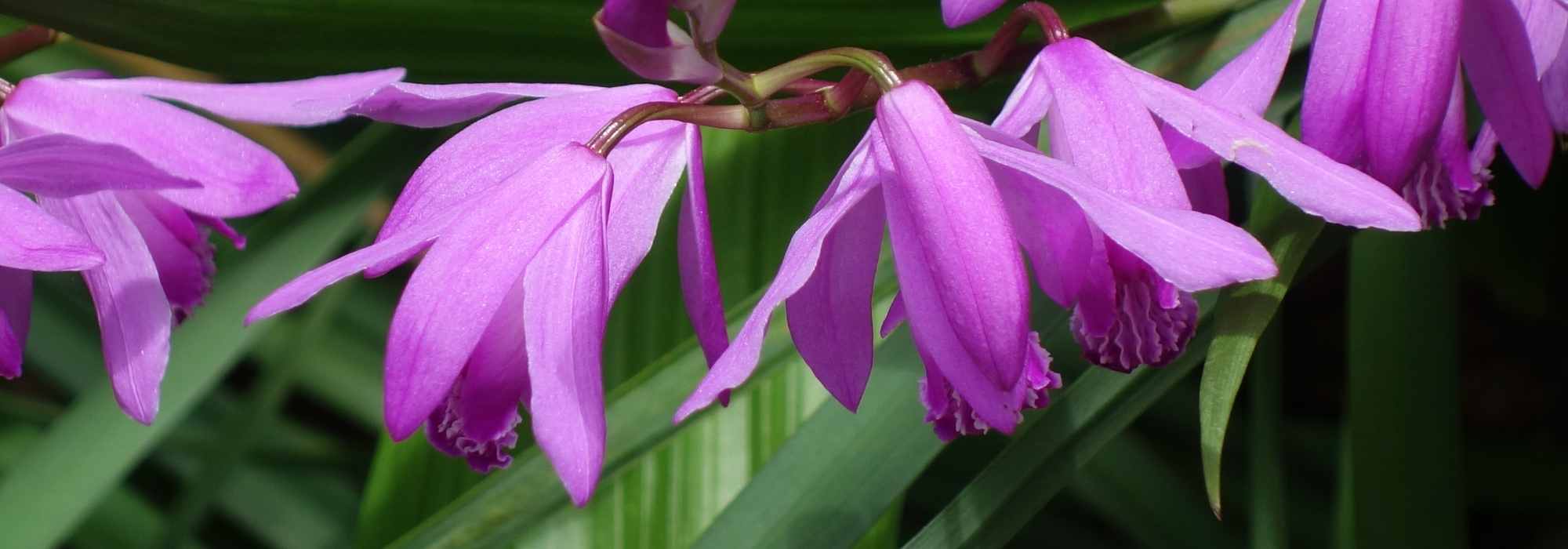

Dactylorhiza purpurella, Orchis pourpre - Orchidée vivace de jardin
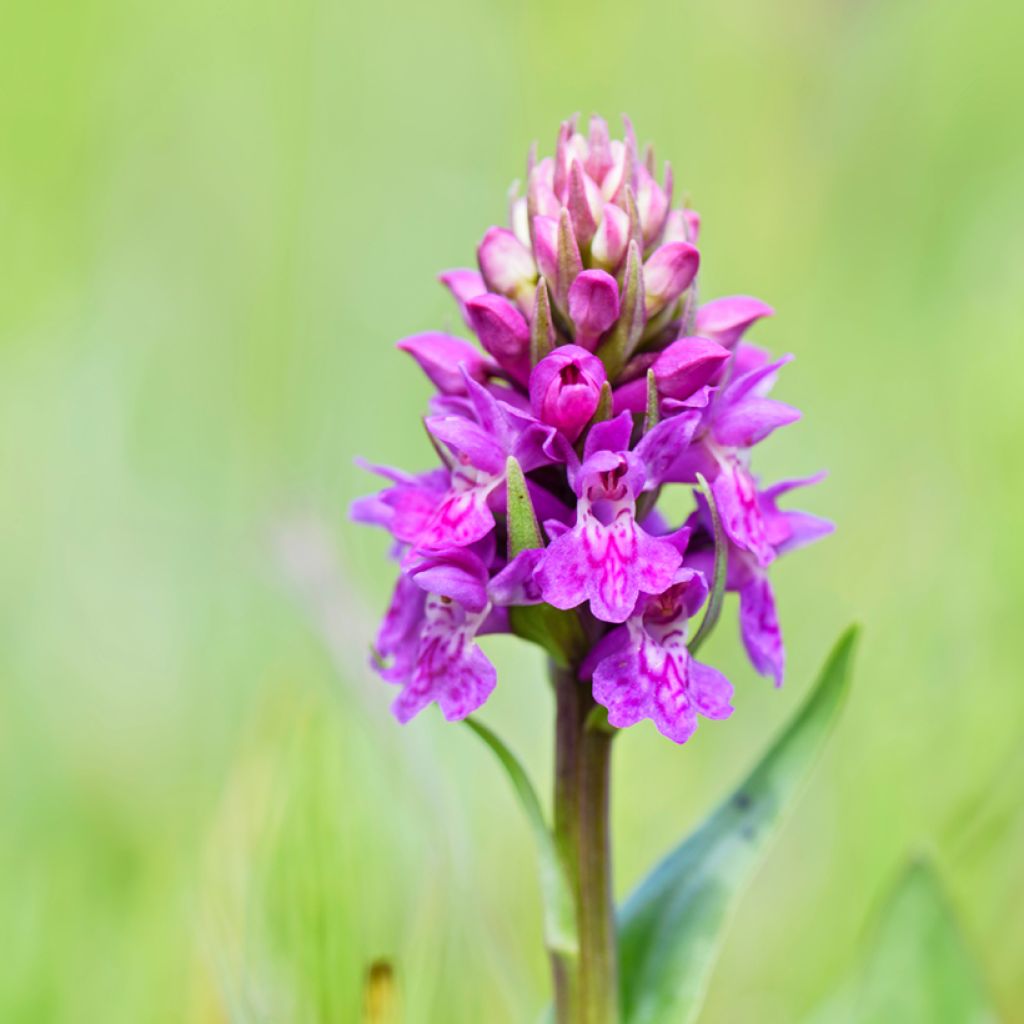

Dactylorhiza purpurella, Orchis pourpre - Orchidée vivace de jardin
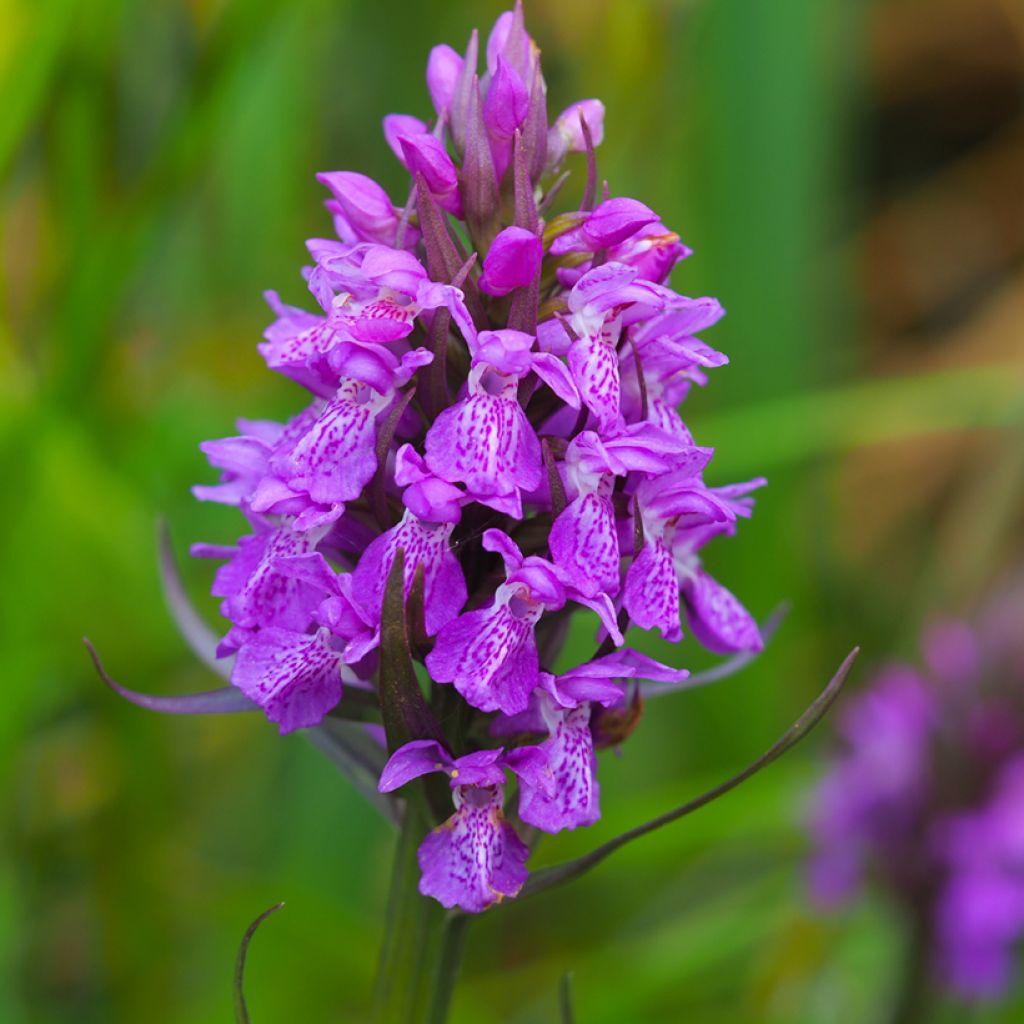

Dactylorhiza purpurella, Orchis pourpre - Orchidée vivace de jardin
Dactylorhiza purpurella - Marsh Orchid
Dactylorhiza purpurella
Northern Marsh Orchid, Purple Marsh Orchid
Big worries regarding the photo, which rather looks like a saxifragaceae such as Darmera ;-)
julien, 16/07/2022
Special offer!
Receive a €20 voucher for any order over €90 (excluding delivery costs, credit notes, and plastic-free options)!
1- Add your favorite plants to your cart.
2- Once you have reached €90, confirm your order (you can even choose the delivery date!).
3- As soon as your order is shipped, you will receive an email containing your voucher code, valid for 3 months (90 days).
Your voucher is unique and can only be used once, for any order with a minimum value of €20, excluding delivery costs.
Can be combined with other current offers, non-divisible and non-refundable.
Home or relay delivery (depending on size and destination)
Schedule delivery date,
and select date in basket
This plant carries a 12 months recovery warranty
More information
We guarantee the quality of our plants for a full growing cycle, and will replace at our expense any plant that fails to recover under normal climatic and planting conditions.
Would this plant suit my garden?
Set up your Plantfit profile →
Description
Dactylorhiza purpurella, also known as the Purple Orchid, is a particularly hardy terrestrial orchid that produces magnificent flowering spikes of bright magenta pink in late spring. It is a botanical species native to Great Britain, Ireland, and Denmark, and thrives in sunny or partially shaded areas with acidic, slightly moist, humus-rich, and well-drained soil.
Dactylorhiza purpurella belongs to the orchid family. In its native habitat, it is also known as the northern marsh orchid, as it can only be found in northern regions, particularly in marshy areas. It is a perennial plant with tuberous roots that resemble fingers (Dactyle = finger; Rhiza = rootstock). The foliage is deciduous, emerging in spring and disappearing early in the season, sometimes as early as the end of August. Flowering occurs from May to June. The fairly stout flower spike, in the shape of a conical spike, measures 30 to 35cm (12 to 14in) in height. It consists of flowers measuring 1 to 2cm (1in) in diameter, with a pink color and dark pink macules, bordered by violet. The lip (large petal located at the bottom of the flower) is distinctly angular, almost diamond-shaped, and barely lobed. The lanceolate-shaped leaves, quite narrow and upright, are a vibrant green and form a beautiful tuft. They are very rarely spotted with brown.
Our Dactylorhiza plants are not collected from the wild but are propagated in nurseries. It is a time-consuming process, which increases their price, but they are robust and perfectly suited for planting in the ground. However, quantities are always very limited!
We have planted this Dactylorhiza on a slightly shaded slope in our exotic trail, using a mixture of clay soil and leaf compost that remains slightly moist. It has become spectacular in this location. In full sun, the soil should be consistently slightly to very moist during summer. It looks superb in a wild meadow with field flowers such as cornflowers (Centaurea cyanus) and thistles.
Dactylorhiza purpurella - Marsh Orchid in pictures
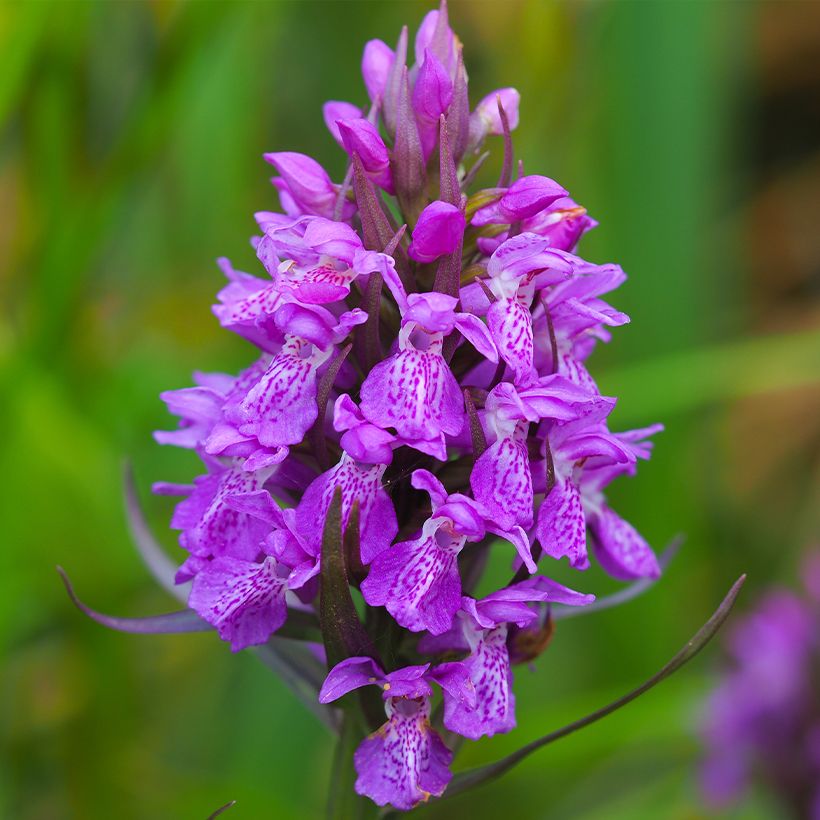

Flowering
Foliage
Plant habit
Botanical data
Dactylorhiza
purpurella
Orchidaceae
Northern Marsh Orchid, Purple Marsh Orchid
Western Europe
Other Garden Orchids
View all →Planting and care
Dactylorhiza purpurella thrives in cool, even cold climates, on rich and loose soils, requiring a certain level of atmospheric humidity, as well as in the soil. This very hardy species prefers wet to waterlogged areas and can be cultivated on the edges of ponds or water features if the soil is not too suffocating. Use a mixture of clayey garden soil, non-calcareous leaf compost, and peat, for example.
Exposure: in the sun (if the soil remains moist) or in partial shade.
This plant is highly resistant to frost and does not require any specific protection in winter. After flowering, the foliage turns yellow and then completely disappears during the dormancy period. Over the years, if conditions are suitable, Dactylorhiza plants strengthen and multiply thanks to the production of new tubercles.
Planting period
Intended location
Care
Planting & care advice
-
, onOrder confirmed
Reply from on Promesse de fleurs
Haven't found what you were looking for?
Hardiness is the lowest winter temperature a plant can endure without suffering serious damage or even dying. However, hardiness is affected by location (a sheltered area, such as a patio), protection (winter cover) and soil type (hardiness is improved by well-drained soil).

Photo Sharing Terms & Conditions
In order to encourage gardeners to interact and share their experiences, Promesse de fleurs offers various media enabling content to be uploaded onto its Site - in particular via the ‘Photo sharing’ module.
The User agrees to refrain from:
- Posting any content that is illegal, prejudicial, insulting, racist, inciteful to hatred, revisionist, contrary to public decency, that infringes on privacy or on the privacy rights of third parties, in particular the publicity rights of persons and goods, intellectual property rights, or the right to privacy.
- Submitting content on behalf of a third party;
- Impersonate the identity of a third party and/or publish any personal information about a third party;
In general, the User undertakes to refrain from any unethical behaviour.
All Content (in particular text, comments, files, images, photos, videos, creative works, etc.), which may be subject to property or intellectual property rights, image or other private rights, shall remain the property of the User, subject to the limited rights granted by the terms of the licence granted by Promesse de fleurs as stated below. Users are at liberty to publish or not to publish such Content on the Site, notably via the ‘Photo Sharing’ facility, and accept that this Content shall be made public and freely accessible, notably on the Internet.
Users further acknowledge, undertake to have ,and guarantee that they hold all necessary rights and permissions to publish such material on the Site, in particular with regard to the legislation in force pertaining to any privacy, property, intellectual property, image, or contractual rights, or rights of any other nature. By publishing such Content on the Site, Users acknowledge accepting full liability as publishers of the Content within the meaning of the law, and grant Promesse de fleurs, free of charge, an inclusive, worldwide licence for the said Content for the entire duration of its publication, including all reproduction, representation, up/downloading, displaying, performing, transmission, and storage rights.
Users also grant permission for their name to be linked to the Content and accept that this link may not always be made available.
By engaging in posting material, Users consent to their Content becoming automatically accessible on the Internet, in particular on other sites and/or blogs and/or web pages of the Promesse de fleurs site, including in particular social pages and the Promesse de fleurs catalogue.
Users may secure the removal of entrusted content free of charge by issuing a simple request via our contact form.
The flowering period indicated on our website applies to countries and regions located in USDA zone 8 (France, the United Kingdom, Ireland, the Netherlands, etc.)
It will vary according to where you live:
- In zones 9 to 10 (Italy, Spain, Greece, etc.), flowering will occur about 2 to 4 weeks earlier.
- In zones 6 to 7 (Germany, Poland, Slovenia, and lower mountainous regions), flowering will be delayed by 2 to 3 weeks.
- In zone 5 (Central Europe, Scandinavia), blooming will be delayed by 3 to 5 weeks.
In temperate climates, pruning of spring-flowering shrubs (forsythia, spireas, etc.) should be done just after flowering.
Pruning of summer-flowering shrubs (Indian Lilac, Perovskia, etc.) can be done in winter or spring.
In cold regions as well as with frost-sensitive plants, avoid pruning too early when severe frosts may still occur.
The planting period indicated on our website applies to countries and regions located in USDA zone 8 (France, United Kingdom, Ireland, Netherlands).
It will vary according to where you live:
- In Mediterranean zones (Marseille, Madrid, Milan, etc.), autumn and winter are the best planting periods.
- In continental zones (Strasbourg, Munich, Vienna, etc.), delay planting by 2 to 3 weeks in spring and bring it forward by 2 to 4 weeks in autumn.
- In mountainous regions (the Alps, Pyrenees, Carpathians, etc.), it is best to plant in late spring (May-June) or late summer (August-September).
The harvesting period indicated on our website applies to countries and regions in USDA zone 8 (France, England, Ireland, the Netherlands).
In colder areas (Scandinavia, Poland, Austria...) fruit and vegetable harvests are likely to be delayed by 3-4 weeks.
In warmer areas (Italy, Spain, Greece, etc.), harvesting will probably take place earlier, depending on weather conditions.
The sowing periods indicated on our website apply to countries and regions within USDA Zone 8 (France, UK, Ireland, Netherlands).
In colder areas (Scandinavia, Poland, Austria...), delay any outdoor sowing by 3-4 weeks, or sow under glass.
In warmer climes (Italy, Spain, Greece, etc.), bring outdoor sowing forward by a few weeks.































